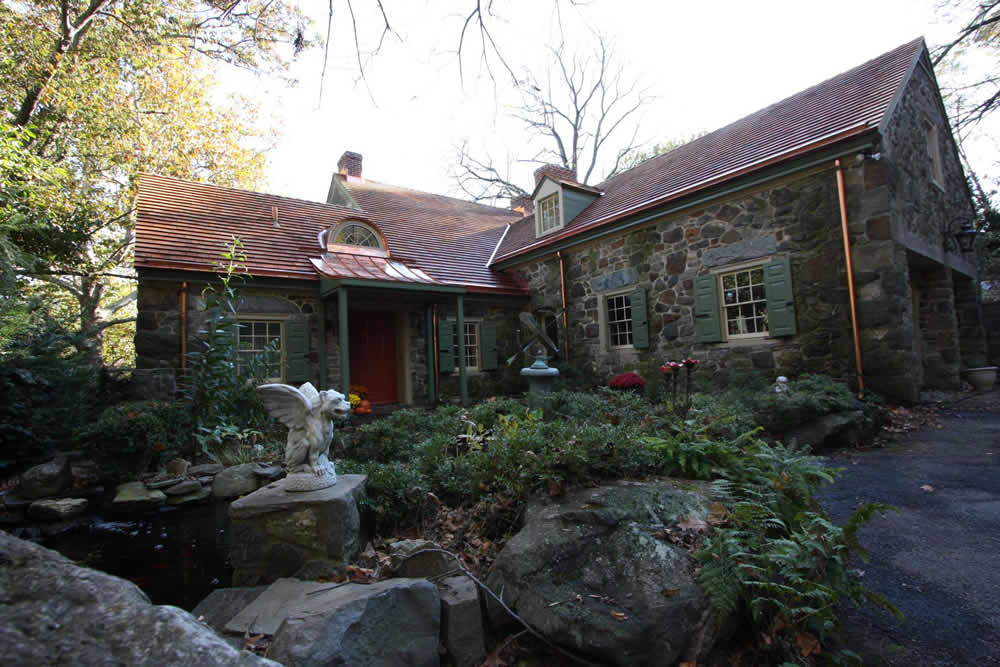Proper roof ventilation is a vital, yet frequently neglected component in the realm of home maintenance. This aspect is not just about enhancing the longevity of your roof; it extends its significance to the overall well-being and structural integrity of your entire home. In the upcoming sections of this blog, we will delve deeper into the reasons that make proper roof ventilation indispensable. We will examine how it contributes positively to the health of your home, and the potential risks and consequences that may arise if this crucial aspect is disregarded. Our exploration will provide comprehensive insights into the ways in which effective ventilation can protect your home and ensure a safer, more comfortable living environment.

Understanding Roof Ventilation
Roof ventilation is centered around the movement of air within the attic space or the area beneath the roof. This system generally consists of two main components: intake vents, which are usually situated under the eaves of the roof, and exhaust vents, positioned at or close to the highest point of the roof. The primary objective of this setup is to establish a harmonious air circulation pattern. In this pattern, cooler air is drawn into the attic through the eaves, while the warmer air is allowed to escape from the upper part of the roof. This creates a continuous and balanced airflow that is crucial for the health of the roof and the entire home.
Key Benefits of Proper Roof Ventilation
1. Temperature Regulation
During the hotter months, a well-ventilated roof plays a pivotal role in allowing the hot air accumulated in the attic to dissipate. This effectively lowers the attic’s temperature, preventing your home from becoming excessively warm and consequently easing the load on your air conditioning system. In the colder seasons, proper ventilation aids in sustaining a consistent temperature across the roof’s surface. This uniformity is crucial in minimizing the formation of ice dams along the edges of the roof, which can be damaging.
2. Moisture Control
The importance of proper roof ventilation in controlling moisture levels in your attic cannot be overstated. In the absence of sufficient ventilation, moisture from everyday household activities, such as cooking and showering, can build up in the attic space. Over time, this accumulation of moisture can lead to the growth of mold and mildew, cause wood structures to rot, and degrade the effectiveness of insulation materials. Maintaining good ventilation is therefore key to preventing these issues.
3. Extended Roof Lifespan
The longevity of roofing materials, especially common ones like asphalt shingles, is significantly impacted by the temperatures they are exposed to. Without adequate ventilation, these materials can be subjected to extremely high temperatures, leading to premature deterioration. By ensuring proper ventilation, the roof is kept relatively cooler, which not only preserves the condition of the shingles but also contributes to the overall durability and longevity of the roof structure as a whole.
4. Reduced Energy Costs
Effective temperature regulation through a well-ventilated roof can lead to considerable savings in heating and cooling expenses. During summer, such a roof plays a crucial role in minimizing the accumulation of heat in the attic, thereby lessening the reliance on air conditioning. This results in lower energy consumption and reduced cooling costs. In the colder months, proper roof ventilation aids in the even distribution of heat within the home. This balanced heat distribution is key in preventing the formation of ice dams on the roof, which in turn helps in lowering the heating costs and maintaining an energy-efficient home.
5. Preventing Structural Damage
The accumulation of moisture is a significant threat to the structural integrity of any home. Effective roof ventilation is essential in ensuring the dryness of key structural components like framing, rafters, and the roof deck. By maintaining a dry environment in these areas, proper ventilation protects against the weakening of the home’s structural elements. This prevention of moisture buildup is vital in safeguarding the overall strength and durability of your home, ensuring it remains robust and secure for years to come.
Consequences of Poor Ventilation
1. Heat and Moisture Damage
In the absence of adequate ventilation, the buildup of heat and moisture can have detrimental effects on your home’s structure. This condition can lead to the warping or cracking of wood framing and sheathing, crucial components of your roof’s structure. Such damage not only compromises the structural integrity of the roof but also can result in significant repair costs. Ensuring proper ventilation is therefore essential to prevent these costly and damaging scenarios.
2. Mold and Mildew Growth
A poorly ventilated space creates a perfect breeding ground for mold and mildew. These harmful elements thrive in stagnant, moist environments and can quickly spread beyond the attic to other areas of your home. The presence of mold and mildew not only poses serious health risks to the occupants but can also cause damage to personal belongings and interior finishes. It is crucial to maintain adequate ventilation to mitigate these risks and protect both the health of your family and the integrity of your home.
3. Increased Energy Costs
The lack of proper ventilation can have a direct impact on your home’s energy efficiency, leading to increased energy costs. During summer, an excessively hot attic can cause your air conditioning system to work overtime to cool your home, resulting in higher energy bills. In winter, an improperly ventilated roof can contribute to uneven heating, leading to the formation of ice dams. These dams can cause heat to escape more readily from your home, thereby increasing your heating costs. Proper ventilation is key to maintaining an energy-efficient home year-round.
4. Shortened Roof Lifespan
Roofs that are not properly ventilated often suffer from a reduced lifespan. The continuous entrapment of heat and moisture within the roof structure can accelerate the deterioration of roofing materials, leading to early failure. This not only diminishes the protective capabilities of the roof but also necessitates more frequent repairs or replacements. Ensuring adequate ventilation is crucial for prolonging the life of your roof and maintaining its effectiveness in protecting your home.
Tips for Ensuring Proper Roof Ventilation
1. Balanced Ventilation
It’s important to maintain an equilibrium between intake and exhaust ventilation in your attic. Striking this balance is key to establishing an effective and efficient airflow throughout the space.
2. Regular Inspections
Regularly scheduled inspections of your roof and attic ventilation are essential, particularly in preparation for the extreme temperatures of summer and winter. These inspections can help identify and rectify any potential issues before they become major problems.
3. Professional Installation
When it comes to the installation of a new roof or the renovation of an existing one, it’s crucial to ensure that your ventilation system is professionally designed and installed. Qualified professionals have the expertise to calculate the precise ventilation requirements based on the size and design of your roof, ensuring optimal functionality.
4. Addressing Obstructions
It’s advisable to routinely inspect and remove any blockages in the ventilation vents. Obstructions like bird nests, leaves, or debris can impede airflow, compromising the efficiency of your ventilation system. Regular maintenance helps in keeping these vents clear and functional.
In Summary
Effective roof ventilation stands as a pivotal aspect of home maintenance, playing an essential role in extending the lifespan of your roof, curtailing energy expenditures, and upholding the general well-being of your residence. Grasping its significance and confirming that your roof benefits from proper ventilation is vital in safeguarding your investment and securing a pleasant living space. It’s important to note that while ventilation forms only a part of roof upkeep, its influence on the comprehensive health and longevity of your home is both significant and lasting.

